IRISH GEORGE II PIER MIRROR ATTRIBUTED TO FRANCIS & JOHN BOOKER OF DUBLIN - REF No. 6016
Product Details
H: 71 in / 180.5 cm ; W: 44 1/4 /112.5 cm
This extraordinary architectural mirror belongs to a group of mirrors by the Booker family that all share similar strong influences of William Kent. A drawing by Kent for an organ case, engraved by John Vardy, relates to the design of the mirror.
A mirror formerly at St. Giles House in Dorset, England, shares many similarities and is also attributable to Booker.
The pair to this mirror is in a private collection in Ireland.
Note: The mirror plates are mercury silvered replacements.
Circa 1750
Irish
ARTISTS BIOGRAPHY:
John & Francis Booker........
Essex Bridge, Dublin, Ireland; looking glass merchants (fl. 1750-89)
Francis and John Booker were the sons of John Booker snr. and took over the business after his death in January 1750. Francis was the older of the two and sole executor to his father’s will, proved 15 January 1750.
On 15 April 1751, Francis married Sarah Gleadowe, daughter of a Dublin banker, Thomas Gleadowe. He became an alderman in 1753; a bailiff and Sheriff of Dublin in 1763; a magistrate in 1771; and Lord Mayor in 1772. He died the same year and none of his three sons followed him in trade. A notice of sale of stock in trade in Faulkner’s Dublin Journal, 7-9 May 1772, notes that Francis’ dwelling house, whose contents were also to be sold, was in Abbey Street.
John Booker jnr. married Anne Beasley in 1760 and carried on the glass business after his brother’s death. He was listed at Essex Street until 1786, when he moved to 4 Jervis Street. No children are recorded.
On Dublin maps of 1751 and 1753, ‘Mr Booker’ is noted at No. 13 Essex Bridge. From 1761-1772, the firm was listed in Wilson’s Dublin Directory as either glass grinders or glass sellers. They moved briefly from Essex Bridge to Essex Street in 1761, while their premises were being rebuilt. Their flamboyant rococo trade card of about this date reads: ‘Fra.s & Jn.o Booker Essex Bridge Dublin Sell Looking Glasses in Carv’d & Gilt Frames, Do in Mohogany & Walnut Dressing Glasses in Mohogany Walnut & Japanned Frames. Glasses for Coaches, Chariots, & Post Chaises LUSTRES with Ornaments for the middle of ROOMS. Chandeliers Brass and Wood Lanthorns of various Sizes for Halls in Brass Frames. Do with Coved Glass & Looking Glass Backs for the Sides. Glass Bells for one or more Candles for Halls Do for the side with Glass shades Brass Branches for ye sides of Chimneys Single & Double London Lacquer Candlesticks with Optical Glasses of different kinds’ (illus. Glin, Furniture History (1985), p. 273).
An advertisement in Faulkner’s Dublin Journal, 14-17 July 1764, reads: ‘Senex mathematical Globes, 6 inches, 9 inches and 12 inches in diameter, nocturnal watch Stands, with great variety of reflecting and retracting telescopes, magnifying shaving glasses, double and single pocket glasses, temple and nose glasses ground as approved by the Royal Society, concave glasses to assist the short sighted, opera and reading glasses etc are just imported from London and sold by Francis and John Booker, at their Looking Glass Shop on Essex-bridge’.
Payments dated between 1754 and 1765 to Francis Booker for ‘Glassman’s Work’ at Dublin Castle amount to £484 1s 8d and suggest the firm was involved in supplying window glass. In January 1766 Francis Booker also petitioned for payment for a pair of lustres supplied to the Mayoralty House in 1755.
In November 1774, John Booker placed an advertisement in several Dublin newspapers which for the first time mentioned carving and gilding as part of the business: ‘John Booker, Looking Glass-seller, Carver and Gilder, No. 6 Essex Bridge (who for some years past carried on business with his brother, the late Alderman Booker) begs leave to acquaint the nobility, gentry and the public in general, that he has now ready for sale an elegant assortment of looking glasses of the newest fashion: consisting of square and oval frames, carved and finished in the best burnished gold; oval glass girandoles and London lacquered branches, brass frame hall lanthorns; hall and stair-case globes with glass shades; variety of japanned and mahogany dressing glasses; best London ground temple and nose spectacles; concave and convex glasses; telescopes. Senex’s mathematical globes, with every other article in the looking glass and coach-glass business – As he imports all his own goods, and employs some of the most capital carvers and gilders that could be engaged in London, and having his work now carried on in his house, under his own inspection, it enabled him to reduce the usual prices considerably lower; and assures those that are pleased to honour him with their commands, that every attention shall be paid to have his work finished in that elegance as will merit a continuance of their favour – Such as choose to deal for ready money, will be allowed discounts. Country merchants, and others who buy and sell again, will meet with great encouragement – Elegant designs executed with great dispatch and care; old frames new gilt and glasses new silvered at the lowest prices. Note, all goods bought at his shop he engages free from breakage to any part of the country without any expense, No 6 Essex-bridge, November 9th’.
The fact that for some time prior to this the Bookers may not have produced their own frames, but were dependent on other Dublin carvers and gilders, raises questions about attributions based on stylistic analogy, and even labelled examples may not have been carved on the Bookers’ premises.
To date, known labelled mirrors by the Booker brothers include:
- A pier glass supplied for the Mansion House in Cork and signed ‘Francis Booker/Dublin/1756’
- An oval sconce c. 1765 and labelled by Francis & John Booker, at Glin Castle
- A pair of oval glasses c. 1765, unprovenanced, labelled by Francie and John Booker
- An oval glass c. 1775, labelled by John Booker
- A pier glass labelled by John Booker and sold in the Irish trade in 1991 (illus. Glin & Peill, Irish Furniture (2007), pp. 142, 144, 146, 147)
- A dressing mirror labelled by John Booker, Newbridge, County Dublin
- A pier glass labelled by Francis Booker, sold Christies, 27 June 1985, lot 130
- A pier glass labelled by Francis and John Booker, Glin Castle (illus. Glin & Peill, Irish Furniture, p. 141).
Attributed mirrors include:
- One formerly at Malahide Castle, sold from Newtown Park House, Christie’s 20-22 September 1976, lot 53
- A mirror at Rath House, County Leix
- A mahogany framed mirror at Florence Court, County Fermanagh.
- A mirror in the V&A formerly attributed to Booker from the apartments of John Campbell, 3rd Earl of Breadalbane, at Holyrood (probably dating to 1745-50) is now considered be Scottish rather than Irish.
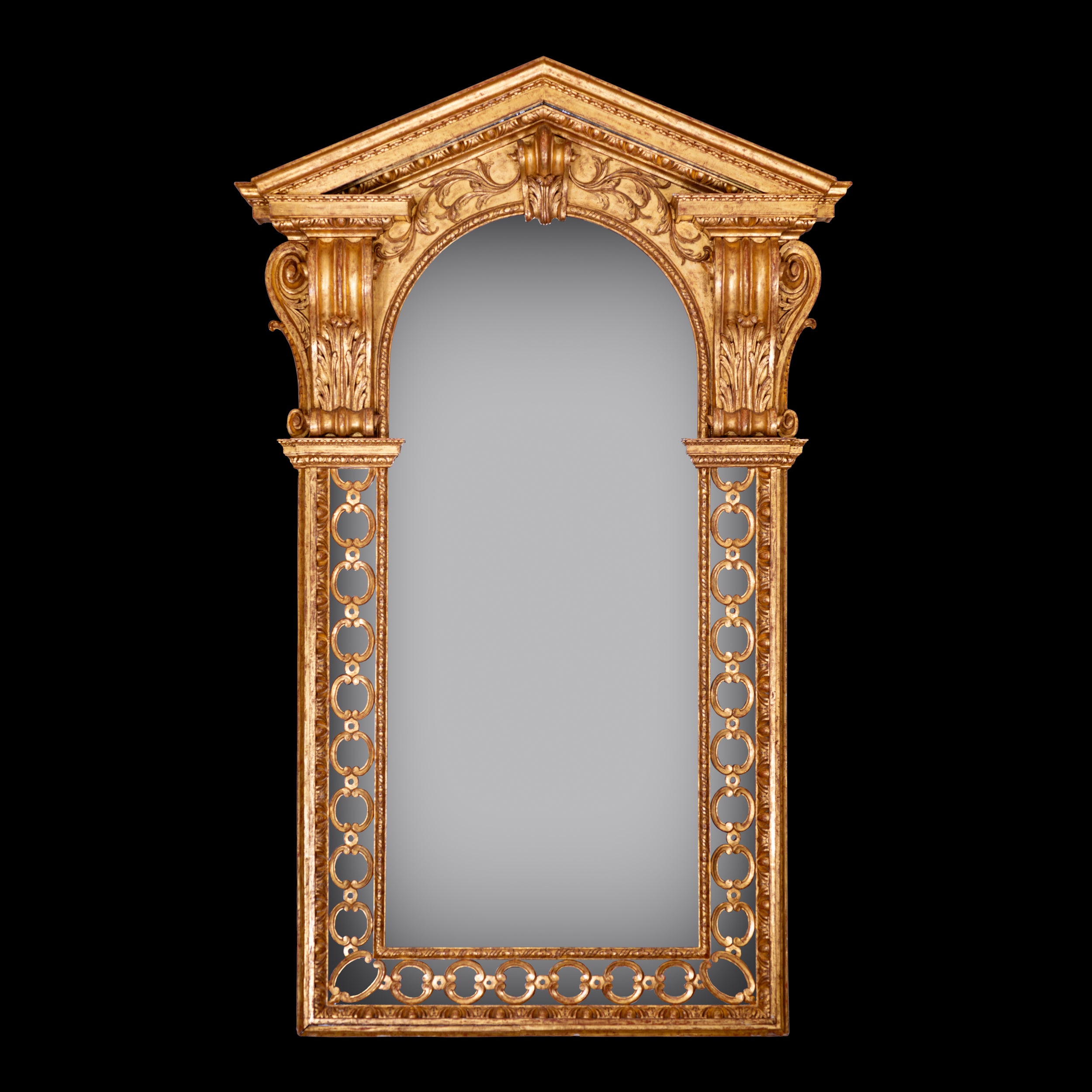
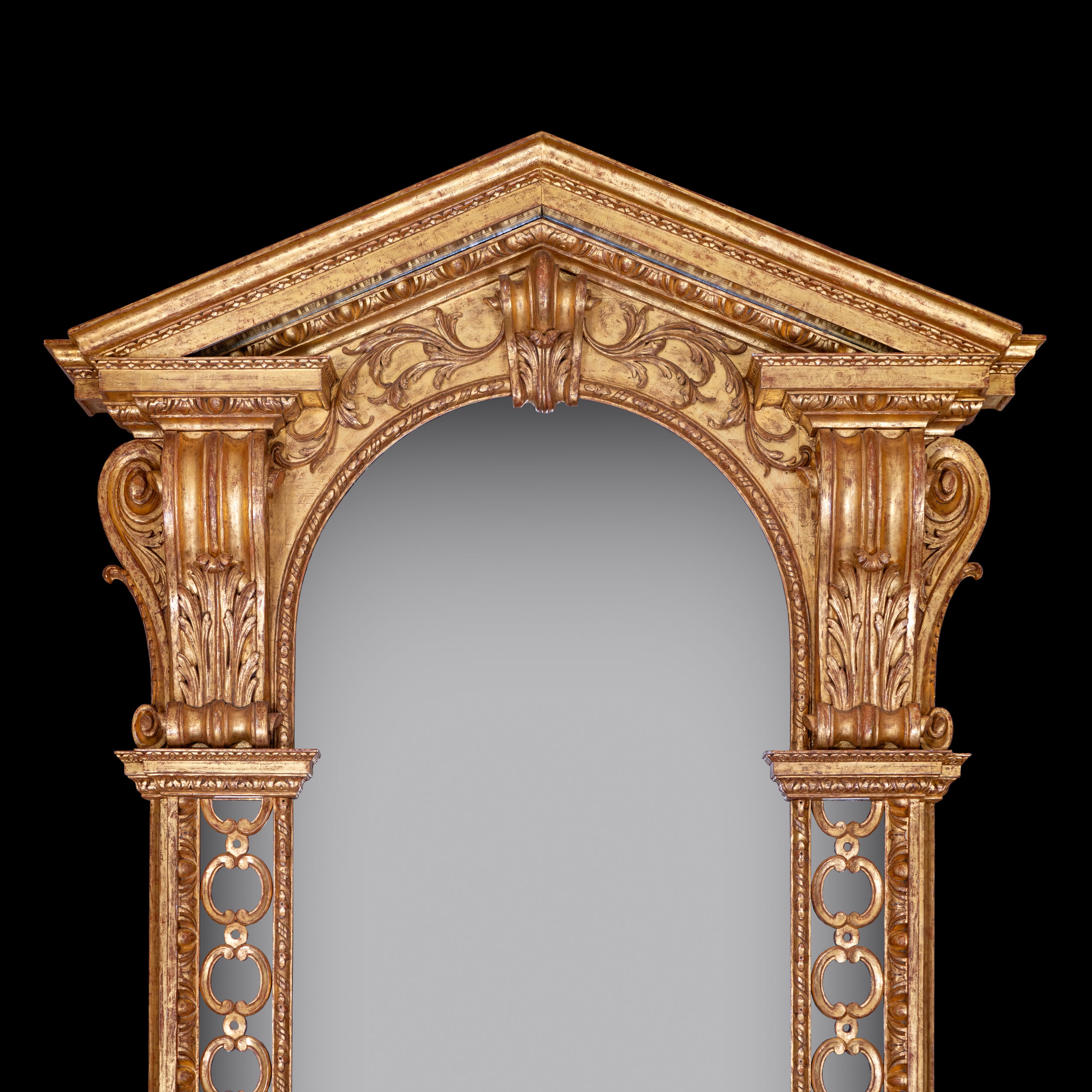
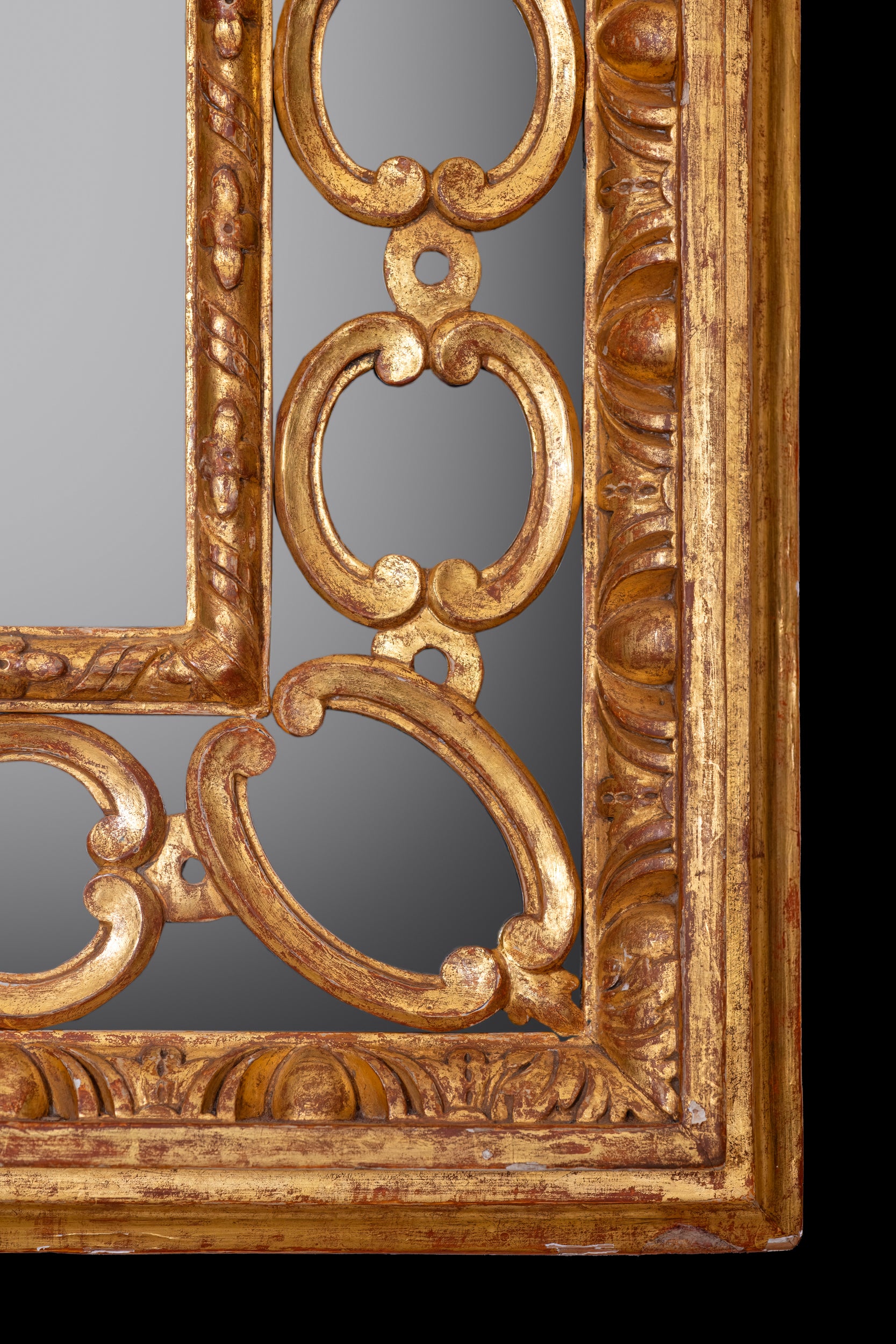

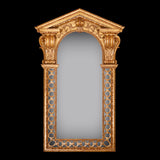

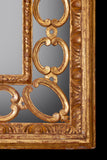





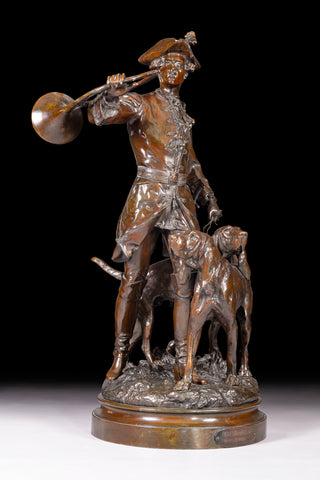
Connect